Exploratory EEG Analysis of Brain Activity in Children during Addition and Timed Addition Tasks
Avainsanat:
EEG, Mathematics anxiety, Addition, Brain frequency bands, Timed tasksAbstrakti
Mathematics learning is affected by both cognitive and affective factors being mathematics anxiety one of the main barriers to both performance and engagement in mathematics. Understanding mathematics anxiety requires understanding its causes and manifestations, and studies that address its psychophysiological dimension, mainly through biometric markers, are of great help in this regard. In this sense, time pressure (endogenous or exogenous) usually interacts with mathematics anxiety being its influence on the performance of arithmetic tasks especially significant. Specifically, this study compares EEG activity between a scenario where 15 schoolchildren (8-9 years old) perform sums and another where they perform similar sums but under time pressure. This comparison was chosen as an initial exploratory comparison being the initial phase of a broader study aimed at developing a neurofeedback tool that, using electroencephalographic (EEG) signals, detects states of mathematics anxiety during the performance of mathematical tasks in naturalistic or semi-naturalistic school contexts. The results exhibit significantly higher activity during timed sums in frontal and parietal areas in the theta frequency bands (3-7Hz, related to workload and working memory) and high beta (20-30Hz, associated with arousal and anxiety). These results represent an initial step towards comprehending the cortical processes involved in mathematical tasks within semi-naturalistic contexts and provides some initial insights for further exploration.
Tiedostolataukset
Julkaistu
Viittaaminen
Numero
Osasto
URN
Lisenssi
Copyright (c) 2025 JOSÉ MARÍA MARBÁN, ALFONSO GARCÍA MONGE

Tämä työ on lisensoitu Creative Commons Nimeä 4.0 Kansainvälinen Julkinen -lisenssillä.





